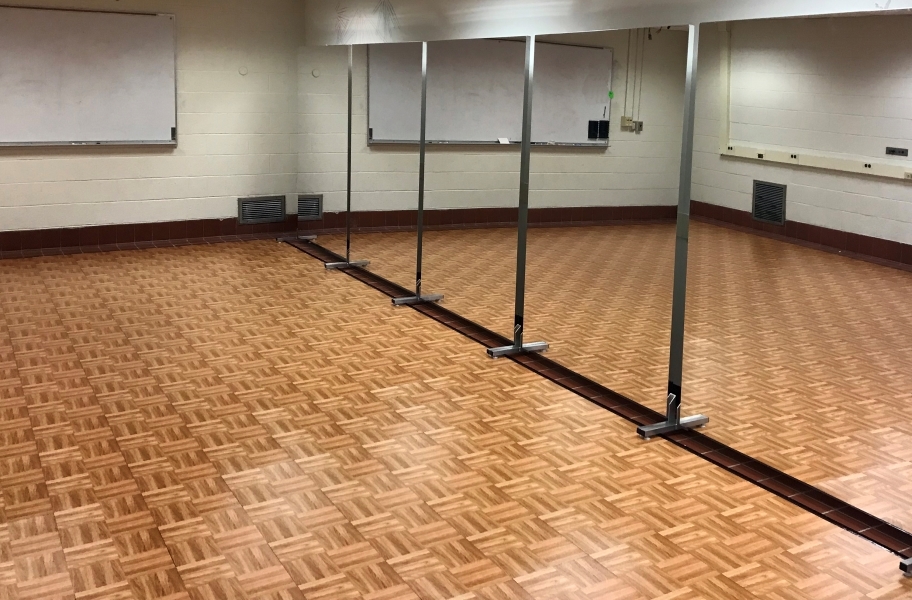Innovative Design Movements Shaping the Future of Engaging LED Performance Floors
Innovative Design Movements Shaping the Future of Engaging LED Performance Floors
Blog Article
Interactive light-emitting diode dancing floors are progressively popular in various recreational venues, such as dance clubs, concerts, and events. These floors use cutting-edge technology to generate vibrant light showcases that respond to music and motion. As technology keeps to evolve, several creative design patterns are shaping the prospects of these interactive dancing floors. These trends not just improve the aesthetic encounter but also boost user engagement and forge a more engaging atmosphere for performers and audiences alike.
One significant trend in responsive light-emitting diode dance floors is the incorporation of intelligent technology. Many new models incorporate detectors that detect movement and modify the lighting in response. This means that the floor can change hues, designs, and effects based on how many individuals are dancing and where they are positioned. This responsiveness fosters a lively environment that encourages participation and enthusiasm. Additionally, some designs allow participants to manage the illumination through mobile apps, providing them the ability to customize their encounter in the moment.
Another crucial trend is the utilization of sustainable resources and energy-efficient tech. As environmental concerns increase, many designers are concentrating on creating light-emitting diode dance floors that are not only visually stunning but also sustainable. This comprises using repurposed materials for the surface's building and implementing power-efficient light-emitting diode illumination. These innovations assist reduce the carbon impact of events while still offering a mesmerizing visual encounter. By prioritizing eco-friendliness, designers are attracting to a more ecologically conscious crowd.
The incorporation of enhanced virtual reality (AR) is also transforming the interactive dance floor experience. AR technology allows participants to see virtual images and visuals superimposed on the physical environment through their smartphones or AR spectacles. This can improve the dance surface encounter by adding digital elements that engage with the physical environment. For instance, performers might see animated figures or visual effects that respond to their movements, creating a distinctive and engaging environment. This pattern is particularly appealing to millennial crowds who are accustomed to virtual engagements in their daily activities.
Furthermore, the styling of responsive LED dancing surfaces is becoming more versatile and modifiable. Many new designs can be easily set up in various settings, from short-term events to long-term setups. This flexibility allows locations to create customized encounters that cater to different concepts and audiences. Some designs even include modular components that can be reconfigured to form varied shapes and layouts. This flexibility not only enhances the aesthetic attractiveness but also enables look at here for creative expression in gathering organization.
In conclusion, the prospects of responsive LED dancing floors is being shaped by creative styling trends that focus on technology, sustainability, enhanced virtual reality, and versatility. These developments are creating more immersive and captivating encounters for users, establishing dancing floors a central element of recreational venues. As these trends continue to advance, they will probably redefine how people engage with sound and motion, ensuring that interactive LED dancing surfaces stay a popular choice for gatherings and festivities.